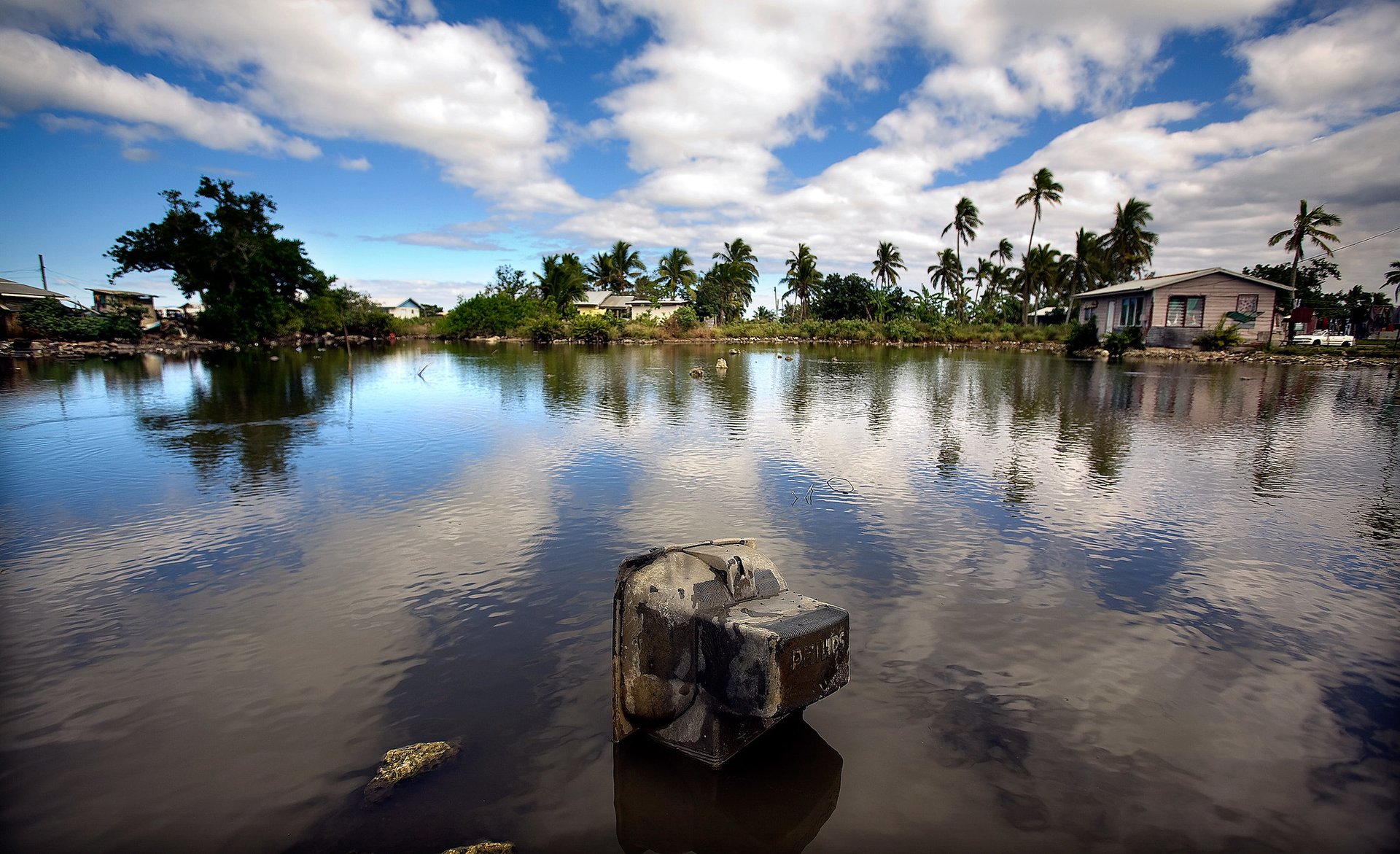ADAPTIVE SOCIAL PROTECTION: A KEY TO DISASTER RISK FINANCING
Adaptive social protection: A key to disaster risk financing
The Pacific is increasingly vulnerable to climate and disaster risks, underscoring a critical need for innovative and sustainable solutions to support communities.
Adaptive social protection (ASP), when integrated with disaster risk financing (DRF), offers a transformative approach to protecting vulnerable populations.
By ensuring resources and systems are in place before disasters strike, ASP can significantly enhance resilience and recovery efforts.
This topic was the focus of the Disaster Risk Financing Virtual Learning Episode on 6 November 2024.
The 90-minute session was organised by the Pacific Resilience Partnership and hosted by the Pacific Islands Forum Secretariat (PIFS), supported by Partnerships for Social Protection (P4SP) and the UN World Food Programme (WFP).
What is adaptive social protection?
Adaptive or shock responsive social protection involves using existing social protection mechanisms to manage the impacts of shocks, such as extreme events or pandemics. It allows governments to provide timely assistance to people in need before, during and after shocks, complementing family and community response efforts.
These systems can expand when needed.
“Vertical expansion involves providing additional benefit payments or top-up amounts to existing recipients,” said Aisha Mansur, Senior Social Protection Specialist at P4SP.
“Horizontal expansion is when new recipients who have been affected by disasters are temporarily added to the social protection programs and provided with disaster payments.”
Adaptive social protection enables governments to quickly reach the most affected populations, which in turn helps people cope with and recover from shocks faster than they normally would.
“By using the existing social protection systems, it is possible to quickly respond with disaster payments to the most at-risk people,” Mansur said.
“Shock-responsive social protection reduces the risk of people using harmful coping mechanisms when they face shocks, such as using their savings, reducing meals, or taking children out of school.”
Disaster risk financing and social protection
To address the increasing risks from climate change and disasters, Pacific nations are working to secure adequate disaster risk financing.
Disaster risk financing supports countries to increase their financial resilience to extreme events, with ASP increasingly being seen as an important instrument for delivering timely assistance and supporting the resilience of those most affected.
“Anticipatory actions, such as cash transfers or training opportunities, can prepare beneficiaries of social assistance programs,” said Kenia Parsons, Senior Social Protection Specialist at the World Bank.
“In the recovery period, intermediation services with employment programs can help reduce unemployment time.”
Integrating DRF mechanisms into social protection systems has significant benefits.
“By doing so, governments can create a more responsive, flexible, and resilient social protection system that anticipates risk, provides timely support and facilitates long-term adaptation and evolving challenges and shocks,” said Nitesh Chand, Programme Policy Officer for Social Protection at WFP.
Examples from the Pacific
Fiji has faced multiple shocks in recent years, including Tropical Cyclones Winston and Harold and the COVID-19 pandemic.
“Tropical Cyclone Winston wiped out 31% of Fiji’s GDP, caused 44 deaths, and destroyed 30,000 homes,” explained Veremo Muria, Director of Social Protection at Fiji’s Ministry of Women, Children, and Social Protection.
The Fijian Government used its existing social protection system, consisting of six core programs, to provide cash top ups to existing recipients.
“It reduced the human cost of the crisis,” said Muria.
“We managed to save on procurement and logistics costs and the response was more targeted and also timely, which gave people choice and flexibility.
“So, this marked the beginning of shock-responsive social protection in the Pacific.”
Like Fiji, Tonga is also vulnerable to climate and non-climate shocks, including flooding, drought, earthquakes and tsunamis.
It ranks as one of the most disaster-prone countries, having faced extreme weather events such as Tropical Cyclone Gita in 2018 and the Hunga Tonga–Hunga Ha’apai volcanic eruption in January 2022.
Since 2012, Tonga has been delivering two main social protection programs—the Social Welfare Scheme for the Elderly and the Disability Welfare Scheme.
“We are very fortunate to have these programs when [recent] disasters have hit,” said Lu’isa Manuofetoa, Deputy CEO at Tonga’s Ministry of Internal Affairs.
Manuofetoa highlighted how these existing schemes have been and will continue being used to get support to many people in times of shocks.
She shared Tonga’s experience of channeling humanitarian assistance through its social protection programs, in the form of cash transfers, funded by the Australian Government in 2018.
“That was a highlight of our cash assistance,” she said.
“It was the first time to have the turnaround time of a week to provide cash assistance to persons with disability and the elders.”
Ana Alburqueque, Regional Technical Advisor of ADRA, spoke about the experience of using cash voucher assistance in emergency settings.
“Cash voucher assistance is a tool to respond to tropical cyclones [and other disasters] to support affected populations by reinforcing choice, dignity and accountability,” she said, noting the vouchers also aid with market recovery.
Embedding ASP in disaster risk planning
Adaptive social protection is a vital tool for supporting household resilience against disasters, as highlighted in the Pacific Regional Disaster Risk Financing Roadmap.
Several Pacific island countries feature ASP prominently in their DRF strategies.
“For example, Tonga developed a DRF Strategy in 2021 with ASP embedded as a priority,” explained Michaela Dolk, Financial Sector Specialist, World Bank.
“Vanuatu and the Solomon Islands have been finalising their DRF strategy or policy featuring ASP.
“Fiji is also developing a DRF policy with leadership from the Ministry of Finance, supported by an existing ASP strategy and implementation plan.”
The learning episode highlighted the practical steps Pacific island countries are taking to address intensifying climate change and shocks.
“By strengthening and building on the systems that are there, we will be building a more resilient Pacific,” concluded moderator Teea Tira, Programme Advisor for Resilient Development Finance at PIFS.
“At the end of the day it is about how we support our most vulnerable communities and ensure a timely, effective response in times of need.”



